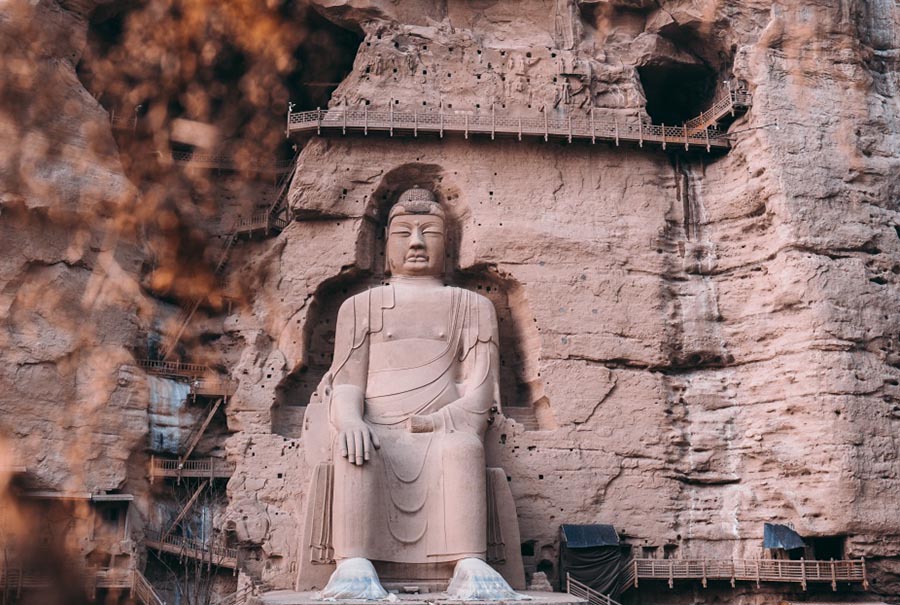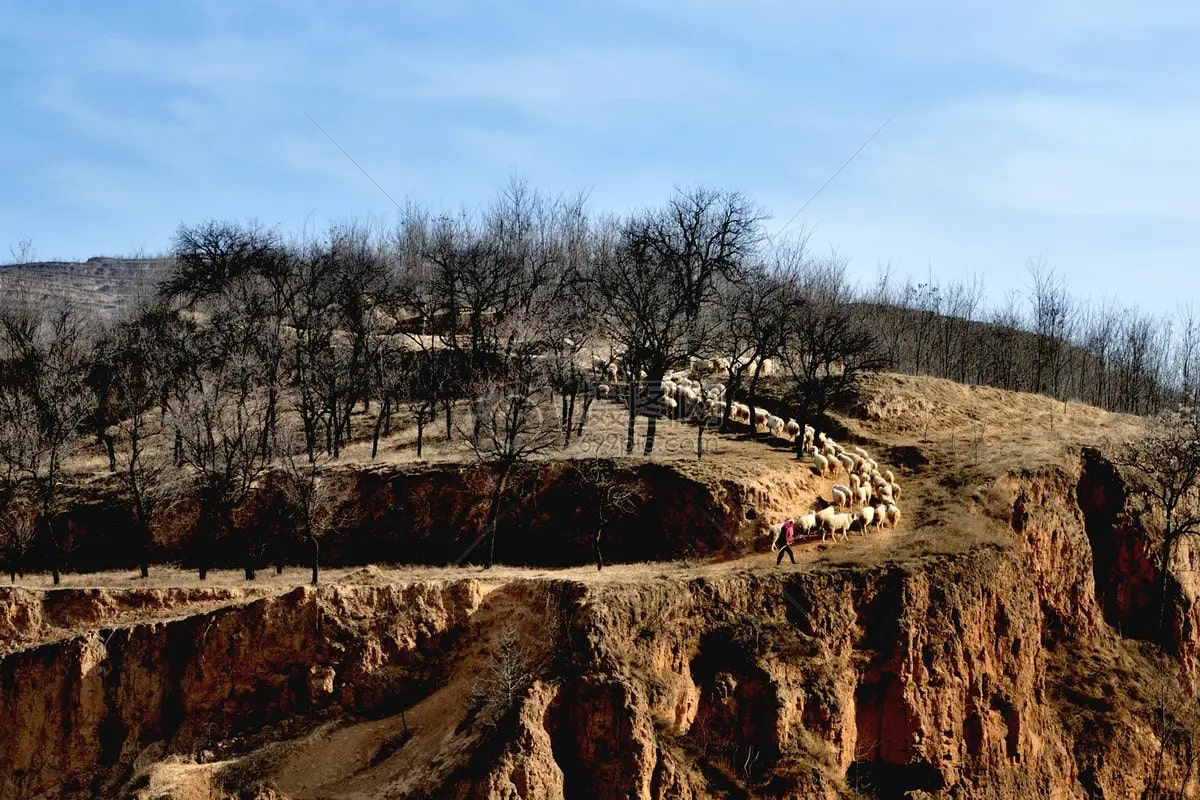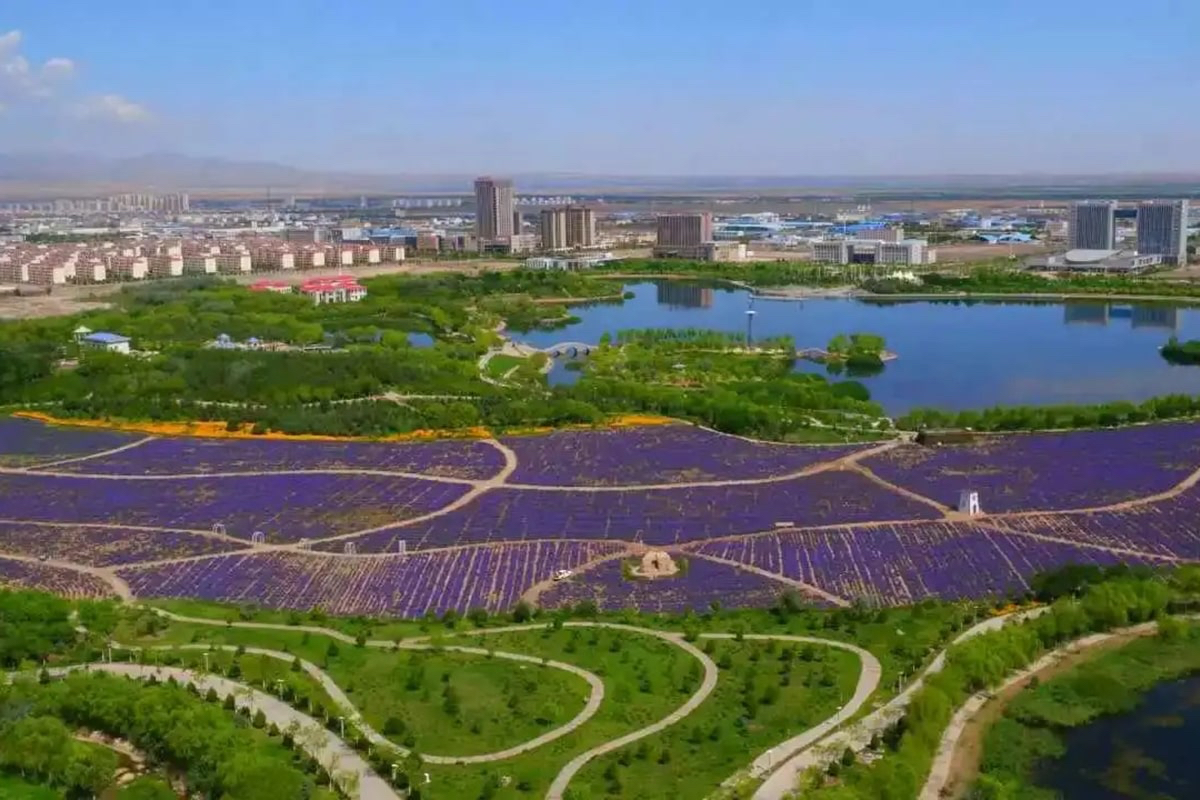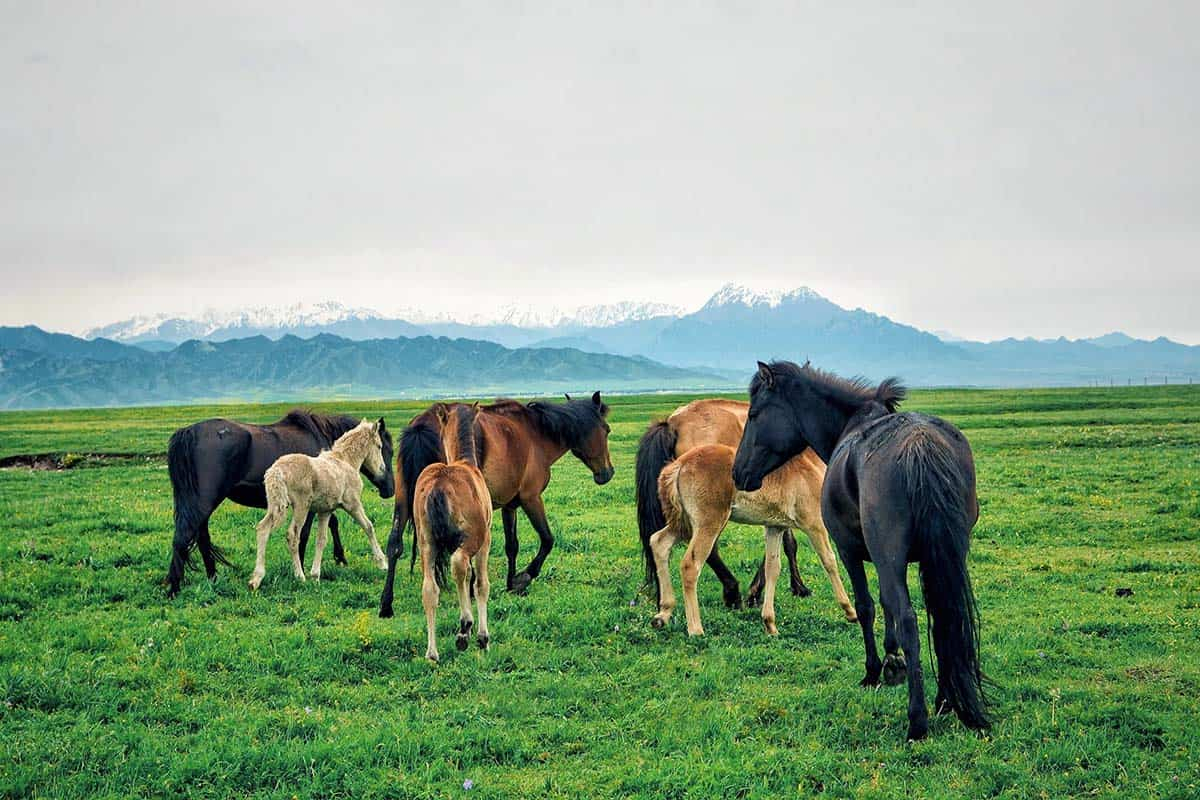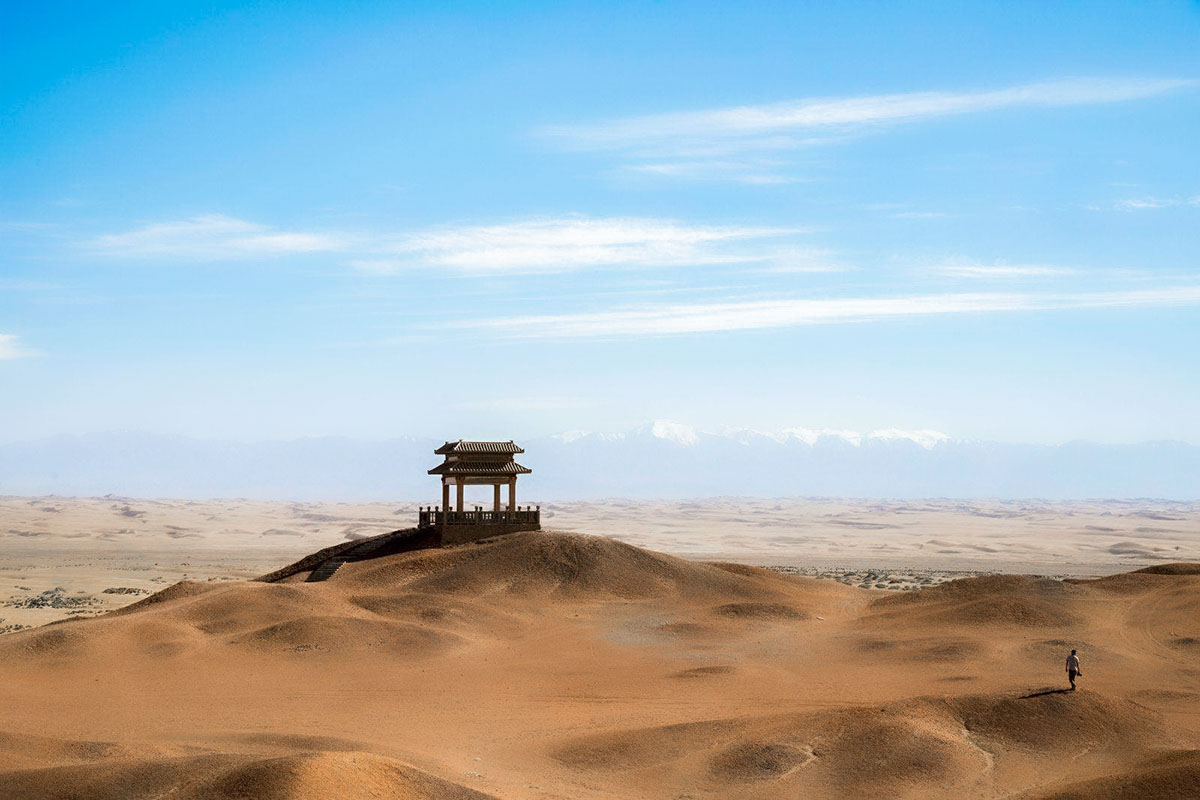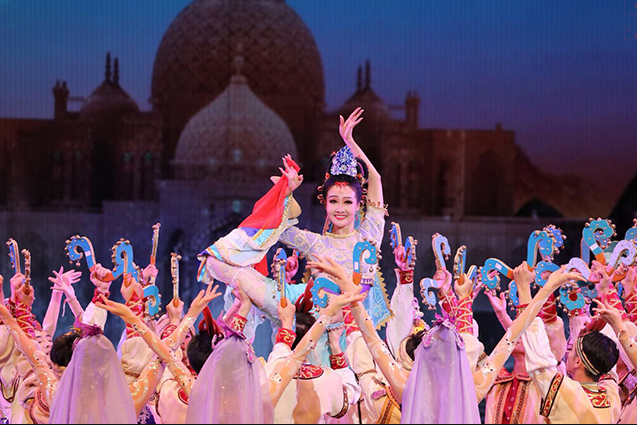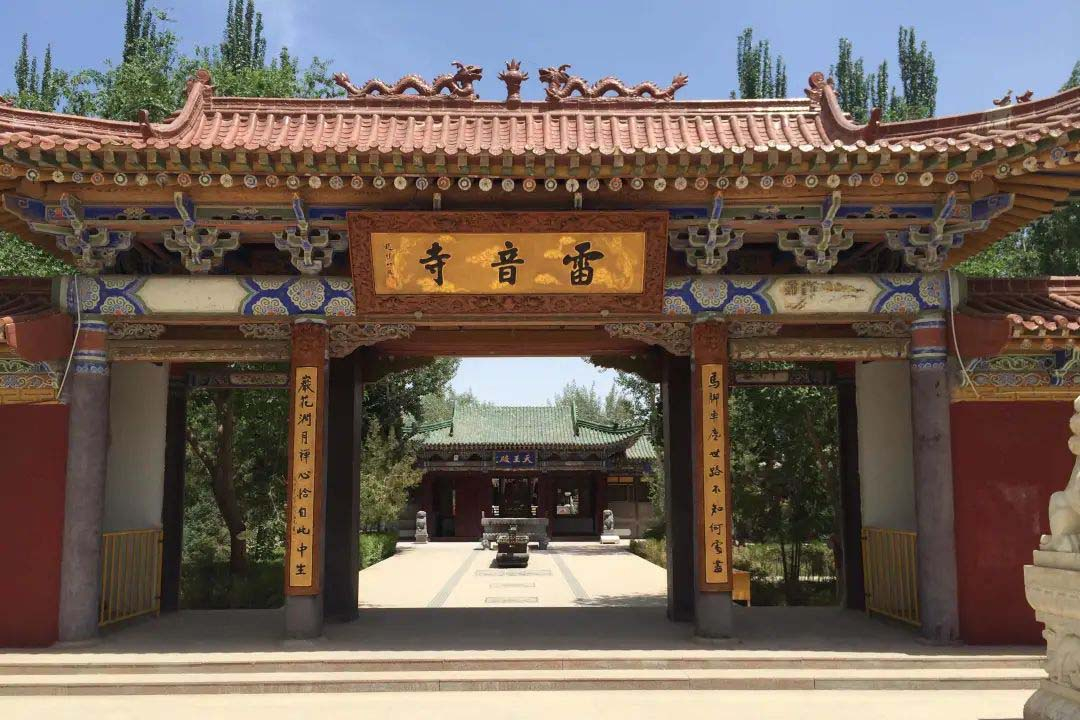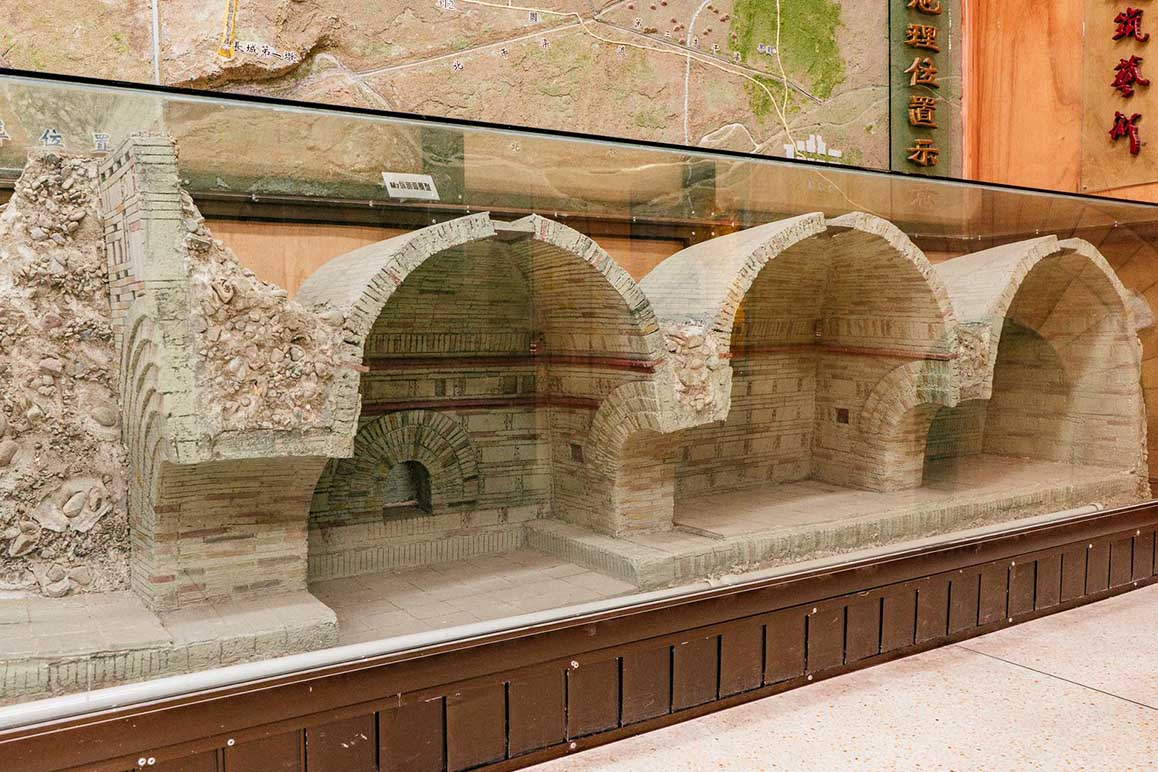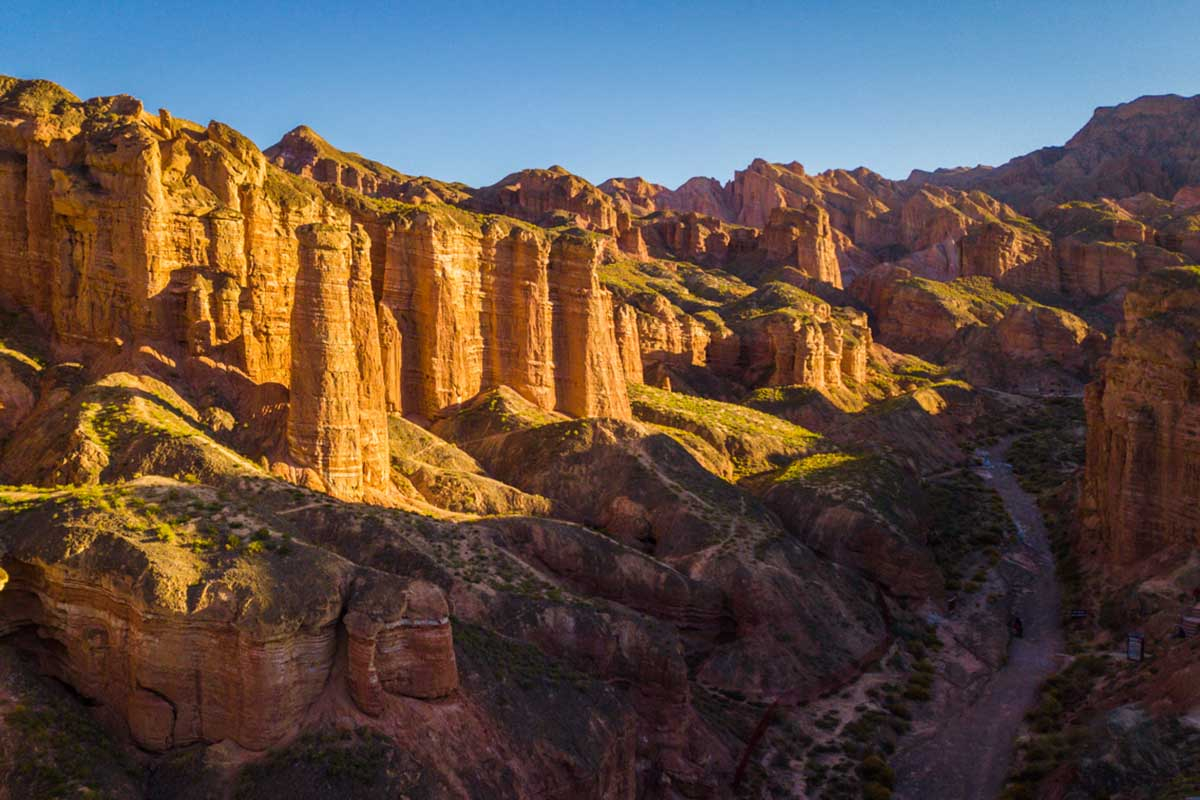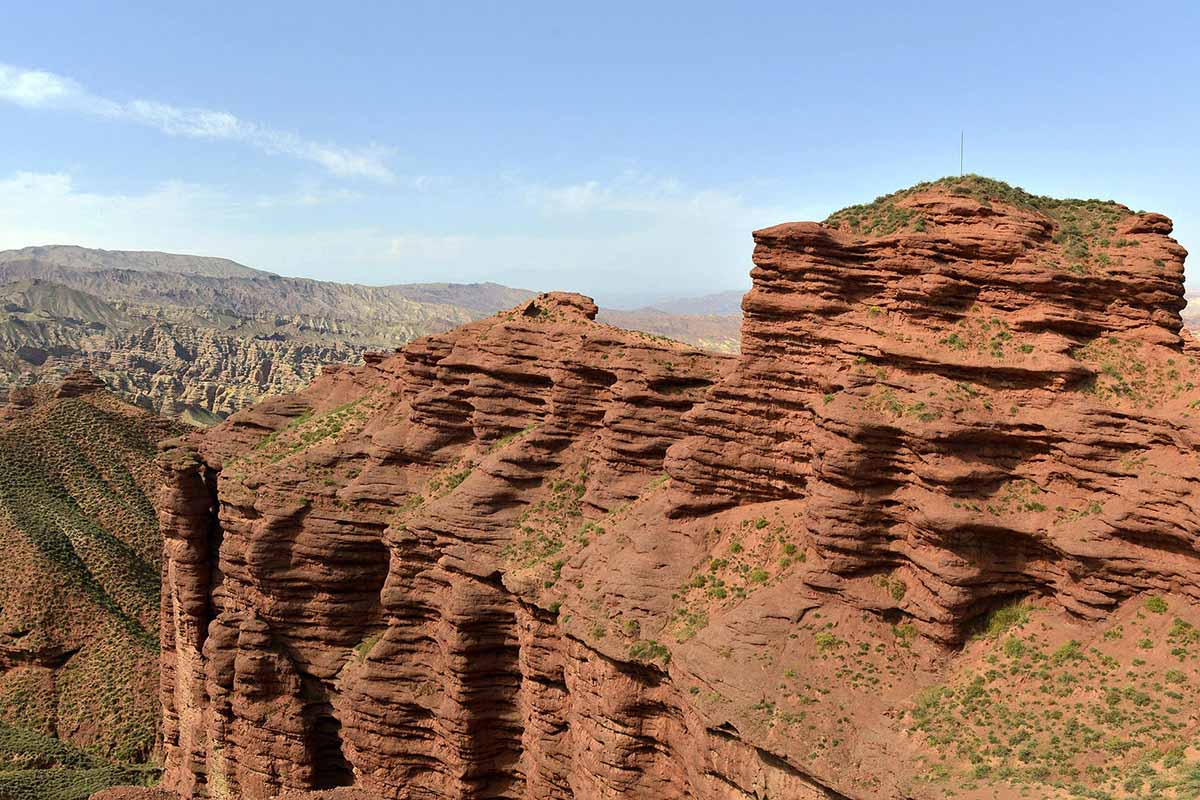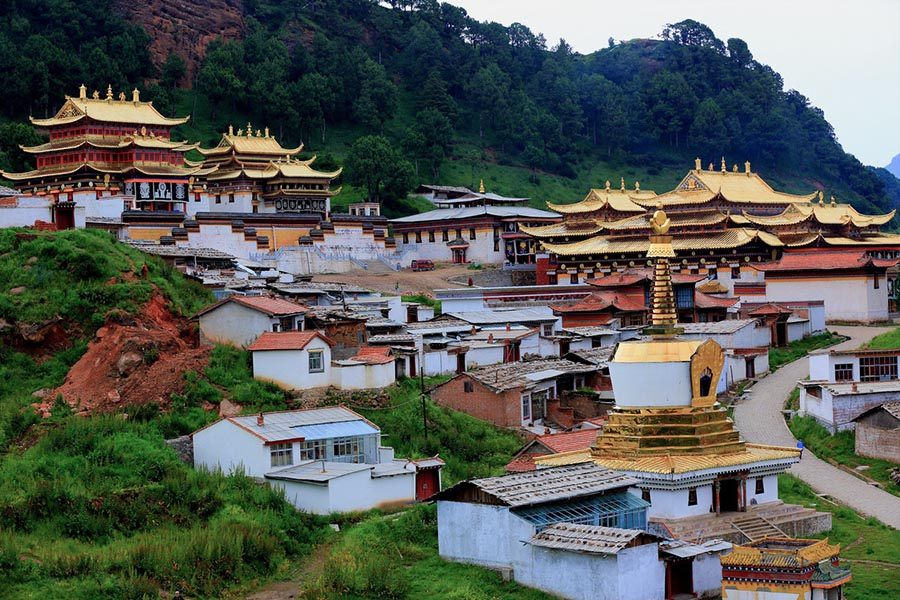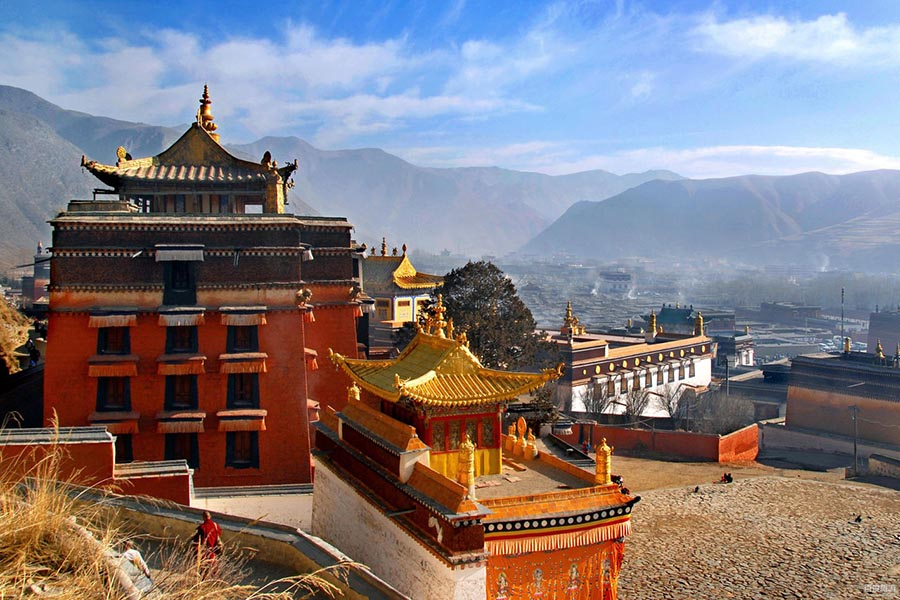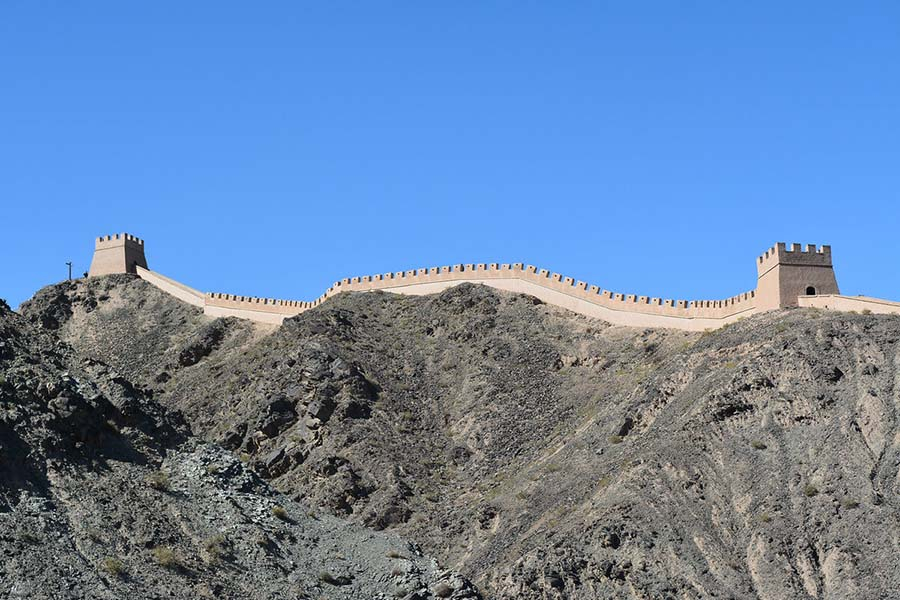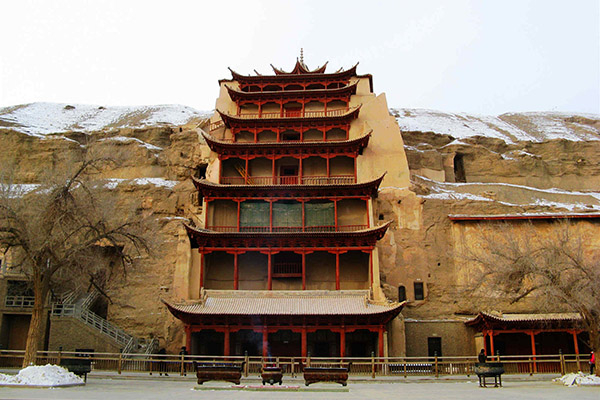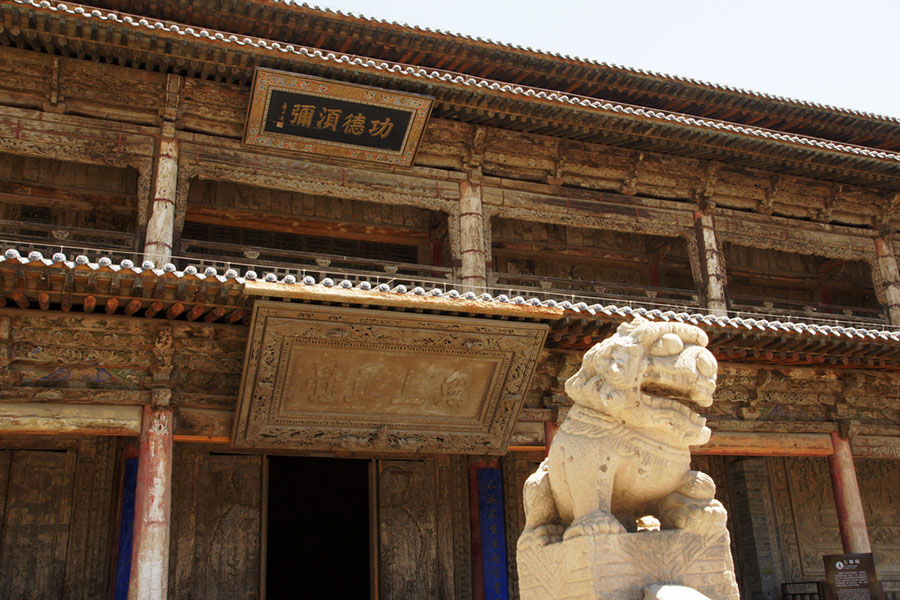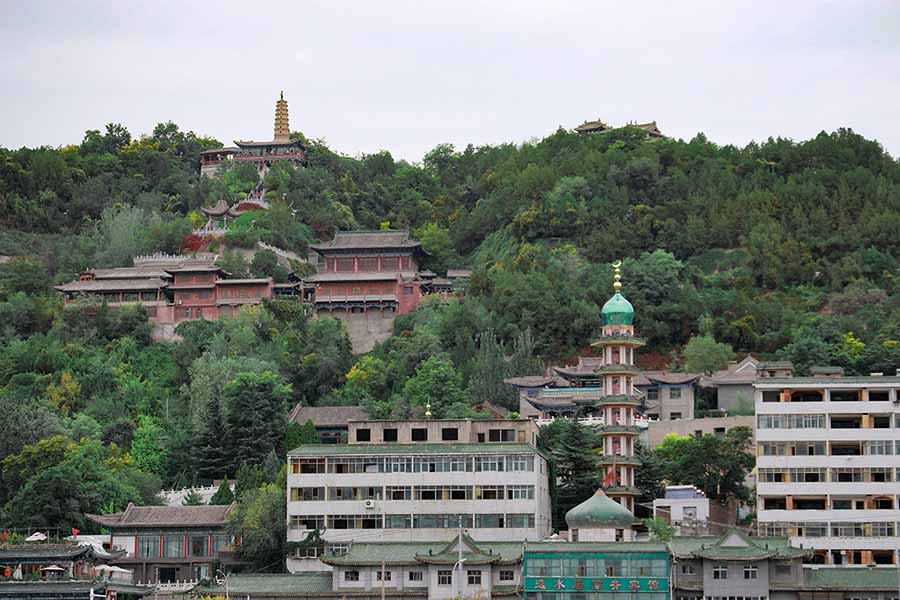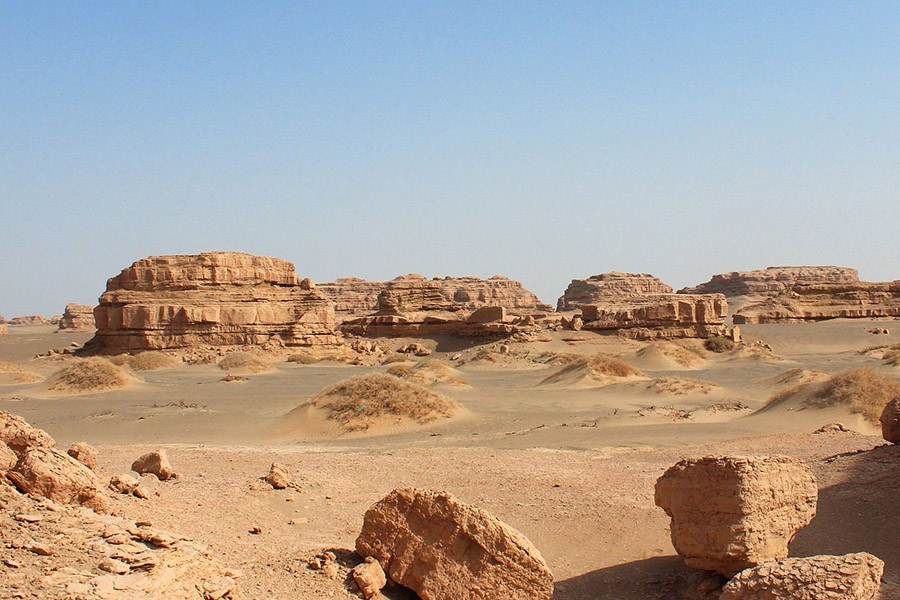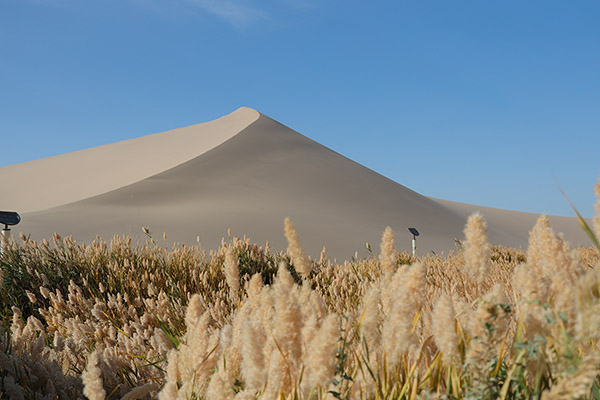Bingling Grottoes
Chinese name: 炳灵寺(Bing Ling Si)
Location: Liujiaxia Town, Yongjing County, Linxia, Gansu Province, about 80km Southwest of Lanzhou.
Ticket: Entrance ticket CNY50.00, Cruise CNY150.00.
Estimated tour time: 1 day
Recommended time to visit: May to Oct
Nearby attractions: Zhongshan Bridge, Yellow River Scenic Area, Gansu Museum, etc.
Lies just north of where the Yellow River empties into the Liujiaxia Reservoir created by the Liujiaxia Dam at Yongjing, about 80km from Lanzhou. Bingling Grottoes is one of China's big ancient Buddhist temple complexes, with an array of statuary and frescoes carved into natural caves and caverns in a canyon along the Yellow River, the statues date from various dynastic eras and show the differing cultures, clothing and physical features of the worshipped gods. The earliest temples are at the highest elevation and have characteristic Indian-style features and artistic style.
According to the extant calligraphic epigraph in No. 169 Grottoes, the grottoes in Bingling Temple were first carved in the Western Qin era (385-431) of the Sixteen Kingdoms Period (304-439). The caves were a work in progress for more than a millennium. The style of each grotto can easily be connected to the typical artwork from its corresponding dynasty. The Bingling Temple is both stylistically and geographically a midpoint between the monumental Buddhas of Bamiyan in Afghanistan and the Buddhist Grottoes of central China, Yungang Grottoes near Datong and Longmen Grottoes near Luoyang.
Currently there are about 776 Buddhist sculptures and statues made of stone or clay, and about one thousand square meters of murals.
Over the centuries, earthquakes, erosion, and looters have damaged or destroyed many of the caves and the artistic treasures within. Altogether there are 183 caves, 694 stone statues, and 82 clay sculptures that remain. The relief sculpture and caves filled with buddhas and frescoes line the northern side of the canyon for about 200 meters. Each cave is like a miniature temple filled with Buddhist imagery. These caves culminate at a large natural cavern where wooden walkways precariously wind up the rock face to hidden cliff-side caves and the giant Maitreya Buddha that stands more than 27 meters, or almost 100 feet, tall.
In order to control the Yellow River that used to cause natural disasters and to generate electricity, the government decided to build dams. In 1969, the government completed the Liujiaxia Dam that formed the largest body of water in Gansu called the Liujiaxia Reservoir. When generators were put into operation, the dam became the country's biggest hydroelectric power station. About 200 of the grottoes or Buddhist sites were flooded. The big Maitreya Buddha of the Tang Dynasty barely escaped the water. It is now protected by a wall. At the top, there is still a Tibetan Buddhist monastery.
Seen from the opposite bank, Dasi Gully, like a natural art hall made by the God with magic, gives people an impression of profound mystery and glory.The grottoes in Bingling Temple include Shang Temple, Xia Temple, Wild Stork Gully, Buddha Temple and Shuilian Cave, etc, with more than 200 niches. Among them Xia Temple is the most valuable one.
- HOTEST
- RECOMMEND
